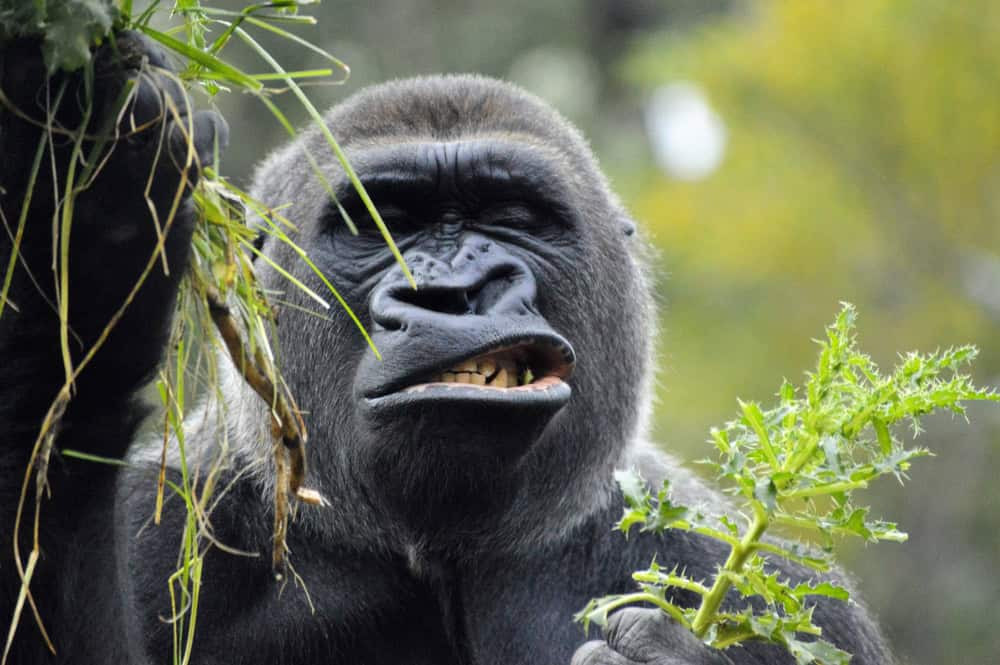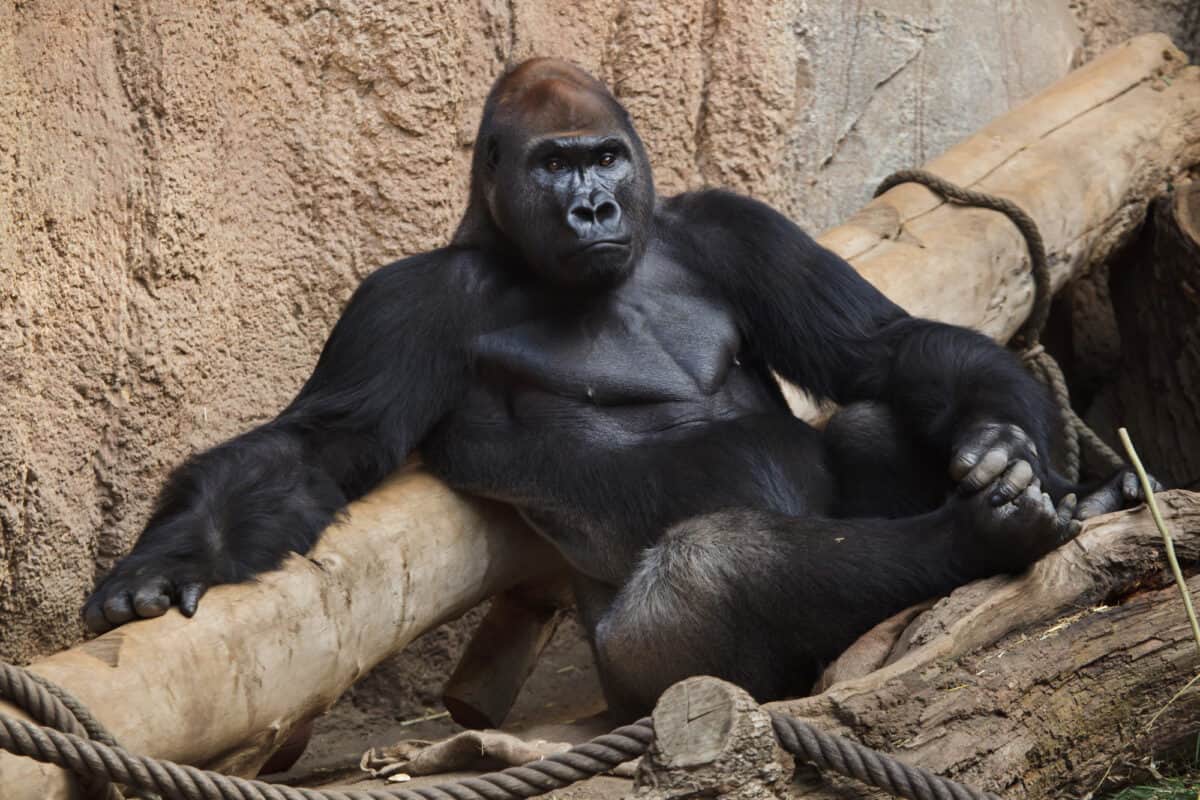Lowland gorillas, with their gentle nature and towering presence, are among the most fascinating primates on Earth. These impressive creatures inhabit the dense, humid forests of central Africa, where they move with a grace that belies their immense strength. The Congo Basin, a vast stretch of tropical forest, represents the heartland of their territory. It is here that enthusiasts and researchers find the best opportunities to observe these remarkable animals in their natural habitat.
The Rich Biodiversity of the Congo Basin

The Congo Basin is often described as the green lung of Africa. It spans several countries, including the Democratic Republic of the Congo, Cameroon, Gabon, the Republic of the Congo, the Central African Republic, and Equatorial Guinea. This expansive forest is second only to the Amazon in terms of size and biodiversity, harboring countless plant and animal species found nowhere else on Earth.
The basin’s rich ecosystem provides an ideal environment for lowland gorillas. The dense foliage offers ample food sources, including fruits, leaves, and bark, crucial for the gorillas’ diet. The abundant rainfall and thick canopy create a perfect shelter and thriving ground for these primates. As a result, the Congo Basin is home to the largest population of western lowland gorillas, making it a key location for conservation and wildlife observation.
The Unique Viewing Experience

Visiting the Congo Basin to witness lowland gorillas is an unparalleled experience. Unlike their mountain gorilla relatives, lowland gorillas usually inhabit lower and warmer altitudes. This environment makes them less susceptible to altitude-related climate extremes, enabling researchers and enthusiasts to access the gorillas’ habitats with greater ease.
The adventure of tracking these elusive primates usually begins with a guided trek through dense jungle terrain. Accompanied by expert trackers, visitors can experience the thrill of spotting these majestic animals in their natural setting. Observing a family of gorillas interacting, with juveniles playing under the watchful eyes of adults, is a profound reminder of the complex social structure and behaviors similar to humans.
Conservation Efforts in the Congo Basin

While the Congo Basin offers incredible opportunities for gorilla observation, it is also a region with significant conservation challenges. Habitat destruction due to logging, mining, and human settlement poses threats to the gorilla populations. Poaching and the illegal wildlife trade further exacerbate the difficulties faced by these amazing creatures.
Efforts to protect lowland gorillas are multifaceted. Several international organizations collaborate with local governments to establish protected areas and promote sustainable land-use practices. Community-based conservation initiatives are vital, involving local populations in wildlife management and education to help ensure a future for these gorillas.
The success of these initiatives is evident in areas where conservation programs have been implemented. For example, the establishment of national parks, such as the Nouabalé-Ndoki National Park in the Republic of the Congo, has been crucial in preserving significant habitats for gorillas and other wildlife.
Witnessing Conservation in Action

Visiting the Congo Basin to observe lowland gorillas often provides an educational experience beyond wildlife observation. Tourists can learn about ongoing conservation efforts and the importance of biodiversity and habitat preservation. Many tours are conducted with a focus on eco-tourism, ensuring that visits contribute positively to the local communities and conservation projects.
Engaging with local conservation organizations during a visit can enhance the experience, offering insights into the daily challenges and triumphs of protecting these gentle giants. The presence of responsible tourists also provides crucial funding and awareness, which are essential components of successful conservation strategies.
Conclusion: A Vital Destination for Wildlife Enthusiasts

The Congo Basin stands as a testament to the beauty and complexity of nature. Its role as the best place to witness lowland gorillas is not just due to the presence of these majestic animals but also because of the region’s broader ecological significance. For those with a passion for wildlife and a commitment to conservation, the Congo Basin offers an unforgettable chance to connect with one of the world’s most intriguing primates while supporting efforts to ensure their survival for generations to come.
- 12 Fascinating Shark Facts And 3 That Are Totally Wrong - August 21, 2025
- 11 Animals That Can Clone Themselves - August 21, 2025
- 15 Cat Breeds Vets Secretly Wish You’d Stop Buying - August 21, 2025

